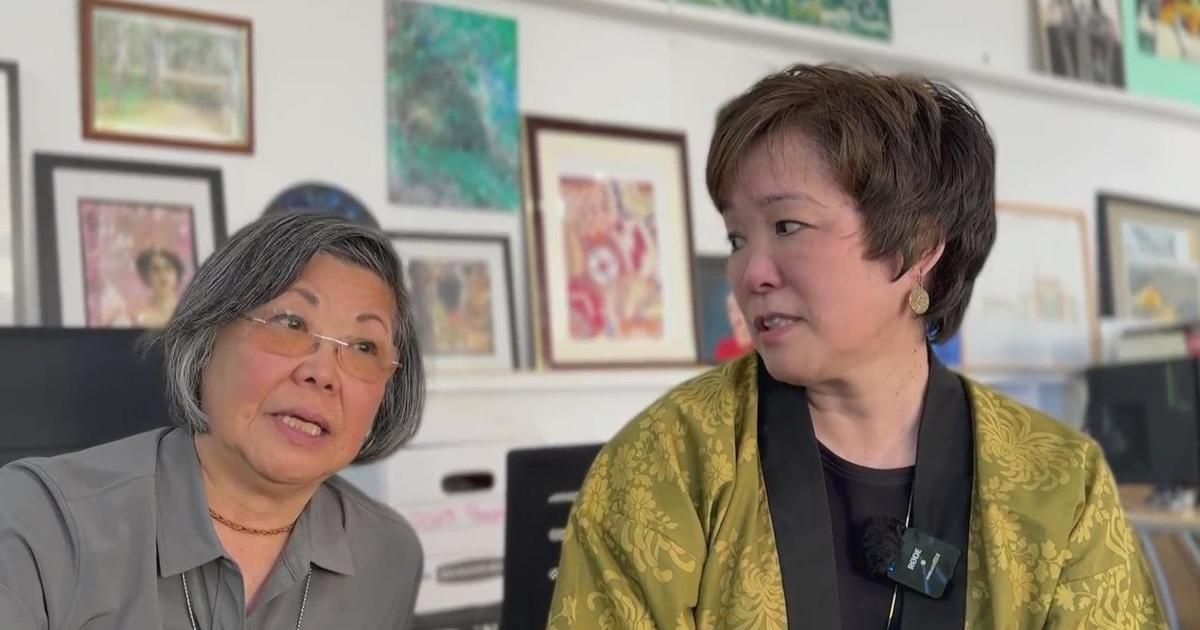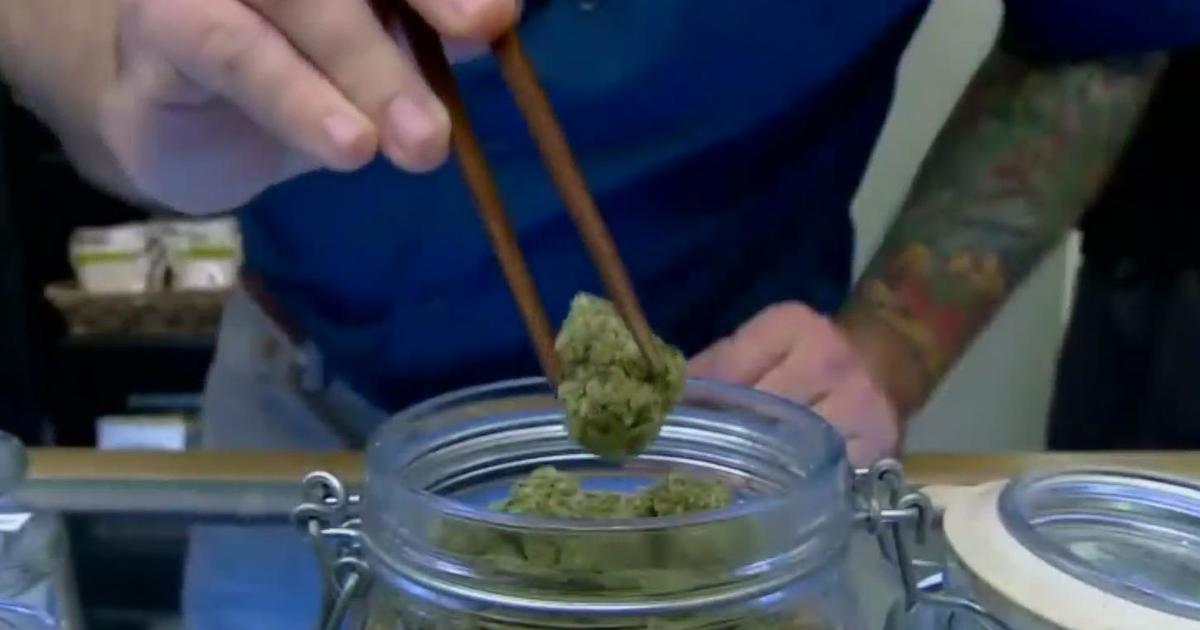More White Americans Are Getting Addicted To Opioid Painkillers
SAN FRANCISCO (KPIX 5) -- More white Americans are getting addicted to powerful opioid painkillers and women are the fastest-growing group of individuals who become addicted. They get hooked faster and suffer more, both physically and socially. A top addiction expert tells us why he believes whites are hit the hardest.
"The pain medication ...I suddenly it just went click, and I said wow...that feels good," said Laura, a California housewife who kept her drug use a secret.
"I noticed I was a little more short-tempered or didn't have as much patience, and then I'd get the prescription and suddenly everything would flow a bit better in my house. You know, I was taking care of three small kids and that's a lot of work. And it would get crazy at times," said Laura.
It started off with prescription opioids for an injured tailbone. Before she knew it, she was hooked.
She always got her drugs legally.
"I would exaggerate my symptoms to the doctor and I had a doctor who was sympathetic," said the mother of three.
The life expectancy for white Americans in the United States was enviable: for decades, white Americans were living longer lives.
In 2015, a disturbing study by Princeton University researchers found a sudden reversal of fortune.
Their study, published in the Proceedings of the National Academy of Sciences showed an uptick in death among the nation's white middle-aged population. And while there was no clear explanation as to why this trend was underway, experts point to the one major situation that made white American men and women different and unique in the world: their consumption of prescription opioids.
Laura is one of the many Americans swept up in what the Centers for Disease Control calls the worst drug addiction epidemic in United States history.
But she's the new face of those bearing much of the brunt: She is white, middle-aged and female.
Many believe the epidemic took off after 1996, when a new and very powerful opioid painkiller came on the market. It was called OxyContin, and its makers assured the U.S. FDA and doctors that this drug would be a safer alternative to other drugs on the market.
The drug was heavily marketed, and sales skyrocketed. Then, a disturbing trend took off: doctors and emergency rooms started to see an uptick in accidental poisonings or overdose deaths caused by these new opioids.
By 2010, there was a quadrupling of fatal overdoses from opioids.
"In fact, white middle aged women have had the biggest increase in overdose deaths," explained Dr. Andrew Kolodny, a renowned addiction specialist and the founder of Physicians for Responsible Opioid Prescribing.
A new report by the CDC that details the U.S. epidemic from 1999 to 2015, shows that while more men are dying from accidental opioid overdoses, since 1999, the overall average increase in the rate of women dying is higher: 6 percent a year, compared to 5 percent for men.
Dr. Kolodny said the epidemic is driven by overexposing Americans to powerful opioid painkillers. The vast majority of those who are dying are white. He has a theory as to why this epidemic is so white.
"I think it relates to the way doctors prescribe narcotics," explained Dr. Kolodny.
He said doctors are more likely to prescribe opioids to whites than blacks. Several studies in prestigious medical journals including the Annals of Family Medicine, Pain Medicine, and The Journal of Pain, back him up.
Kolodny explained how racial stereotyping may actually be protective for African-Americans.
"If a patient is black, doctors prescribe narcotics more cautiously, a doctor may be more concerned about a patient getting addicted if they're black or they may be more concerned about a patient selling their pills if they're black and if a patient's white, they're prescribing as if there is nothing to be worried about," said Kolodny.
In addition, women are more likely to see a doctor, get a prescription painkiller at a higher dose, and to use them long-term.
But Kolodny says these drugs are lousy for chronic use.
"Opioids don't work well, don't relieve pain effectively when taken on a daily basis. There is even evidence that taking opioids on a daily basis can make pain worse," said Kolodny.
An estimated 100 million Americans suffer from chronic pain and roughly 5 to 8 million of them are using opioid painkillers to deal with it.
Laura was also abusing alcohol. She sought treatment two years ago and it's been a struggle. But she is now almost four months sober.
At first she was ashamed to get treatment.
"The shame comes from when you were in your active addiction. I'm somebody who had a problem and I tried to do something about it," explained Laura.
Some accidental overdoses occur when women mix alcohol or anti-anxiety medication with prescription opiates. They all depress the central nervous system, while suppressing your heart rate, gag reflex, and breathing. Mixing these substance is a deadly combination.



